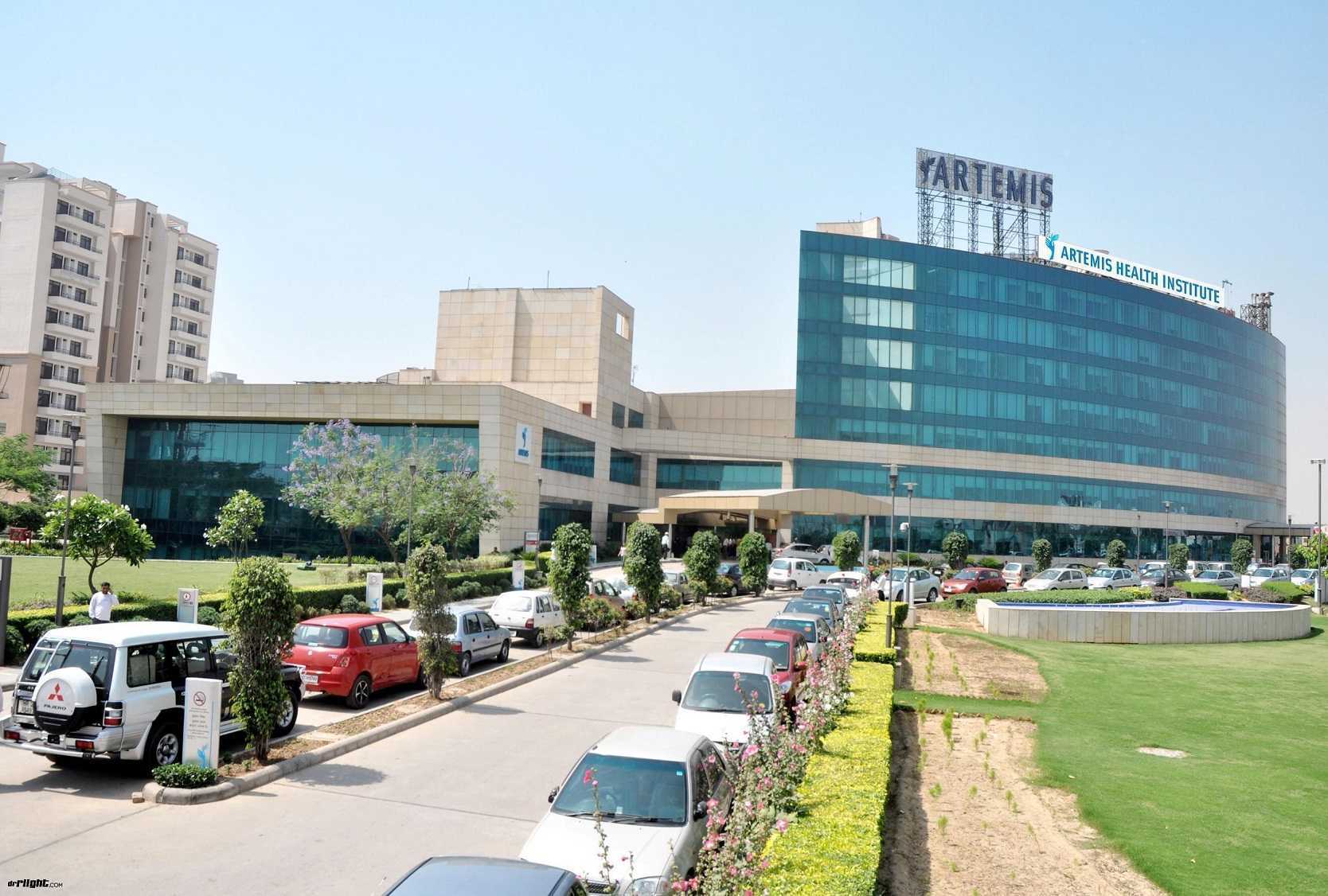Аtrial septal defect: Causes and Main Treatment Ways
Atrial septal defect is a frequently-diagnosed inborn heart pathology manifesting itself with age. It damages the structural body between auricles. Often, such diagnoses are revealed in 2-3 life decades. Occasionally, a person learns about such pathology even at 50, since there’re ASD types difficult to diagnose with standard annual medical check-up.
Hole size, general physical condition and all associated pathologies determine additional complications rendered to the heart and organism as a whole.
Disease types in cardiology
- Pathology appears in the septum middle – structure between upper chambers.
- Lower part of interatrial septum is damaged.
- Defect occurs only in the upper part of septum middle.
- Part of the wall between coronary sinus and left atrium is absent.
ASD causes
Septal atrial defect develops together with heart muscles in the embryo. Such pathological causes haven’t yet been studied, but they can occur due to:
- carrying rubella or lupus in the first 2-3 pregnancy months;
- maternal saccharine disease;
- parental alcohol or tobacco consumption;
- unhealthy life mode in general;
- certain drugs treatment, f.g., anticonvulsants or meds for mental disorders liquidation.
Atrial septal defect symptoms
It’s often quite difficult to reveal atrial septal defects in newborns, since they don’t show any obvious manifestations. But at a more mature age, it’s much easier to do it. Most obvious signals:
- breath shortness and severe fatigue with even minor exertion;
- legs, feet and abdomen tumidity;
- arrhythmia;
- heart murmurs;
- irregular heartbeat.
Atrial septal defect diagnosis and treatment
Heart disease can be detected as follows.
- Electrocardiogram – heartbeats graph.
- Breast X-ray – blood vessels size determination.
- Transthoracic echocardiography – assessment of heart operations and its structure.
- Transesophageal echocardiography – esophagus ultrasound. By this diagnosis, physicians obtain more accurate atria images and, accordingly, data about septal atrial defect scale and form.
- Right part catheterization. Catheter is entered into heart using peripheral vein; oxygen saturation of each chamber is evaluated. Knowing these data, it’s possible to determine the blood quantity passing through an ASD.
- Left part catheterization. Technique involves special dye injecting into heart vessels. Thus, it can be checked whether the patient suffers from pathology.
Atrial septal defect treatment has two directions.
- Non-surgical method. Mostly, doctors choose non-surgical treatment, but it’s only used for undeveloped ASDs.
- Surgical way. Urgent surgical care is needed to eliminate significant ASDs. Atrial septal defect surgery can be performed by robot or a small insection.
In such operations, all holes and defects are modified using tissue patches, usually from patient’s own pericardium.










